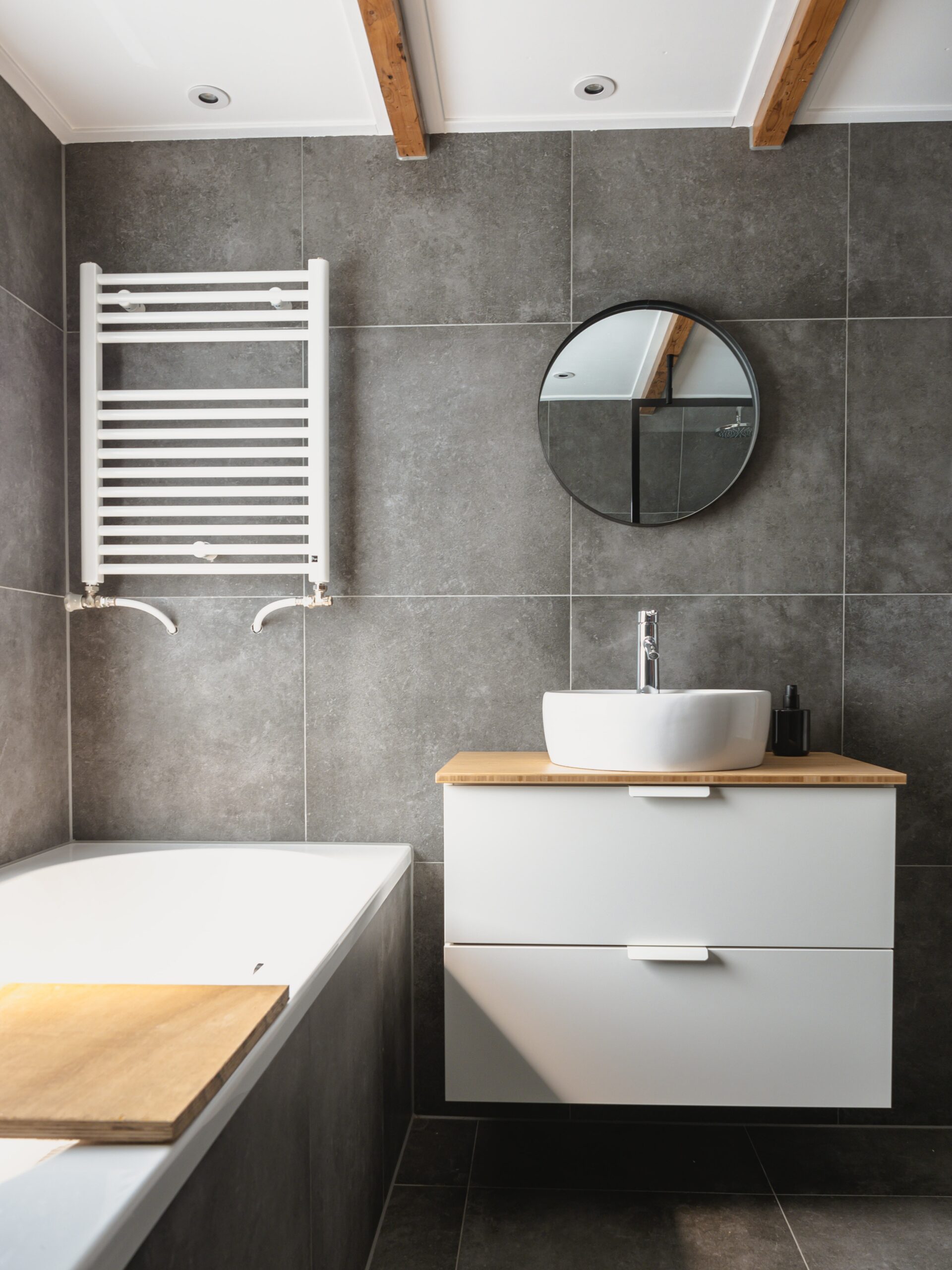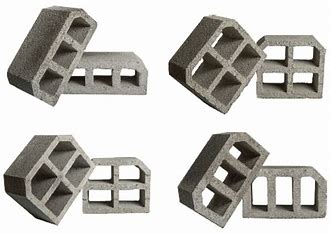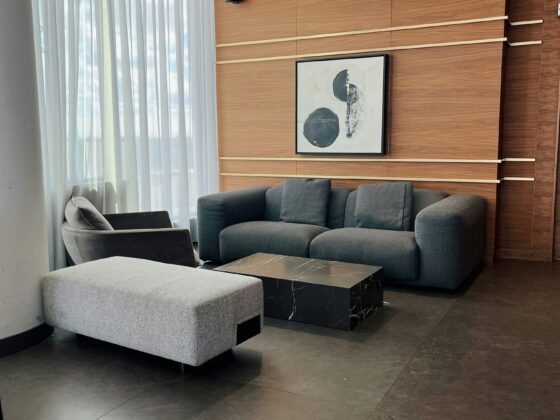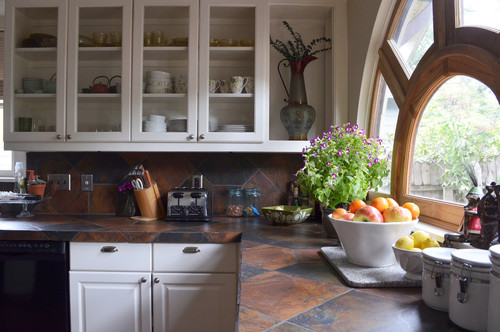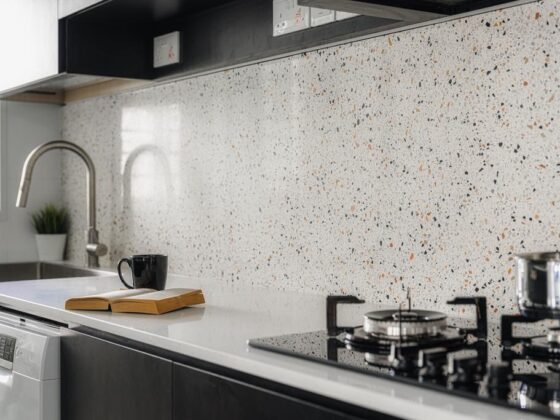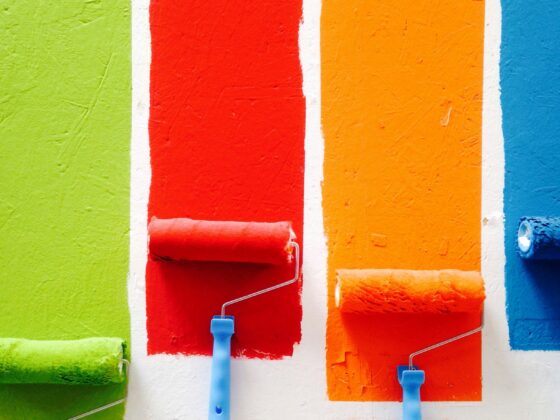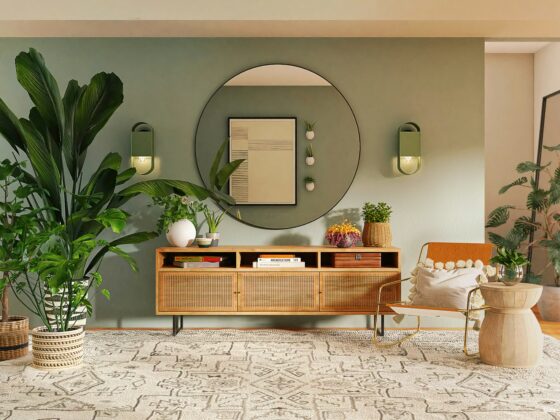Tiles are a good choice for your flooring finish since they exhibit an array of benefits. The most common are being easy to clean, simple to maintain, and durable, unlike other finishes such as hardwood and carpet. They are also affordable and come with a variety of options to choose from, including color, pattern, size, style, and shape. Due to their versatile nature, they are suitable for every space in a building. Additionally, tiles are easy and cost-effective to install, improve air quality, and keep your spaces cool, unlike laminates.
Tiles can rejuvenate your space with beauty. The most crucial aspect of tiling is getting an excellent finish, and this begins with getting the right tile for your space. This blog takes you through the most significant factors to consider while choosing tiles for your space.
A. Type of tile
Choosing the type of tile you want is often a hectic decision since there are an array of materials with various cons and pros. However, the first thing to consider before even selecting a type is your budget. There are expensive as well as budget friendly tiles. To help you choose your dream type of tile, here are the common tile types with their pros and cons.
- Ceramic Tiles – Ceramic tile is simple, cheaper, easy to clean, easier to cut and install, and more affordable compared to porcelain. They are durable, though more porous than porcelain, and are prone to chipping and cracking. They are suitable for residential places as they do not experience heavy trafficking compared to commercial places.
- Porcelain Tiles – Compared with ceramic, porcelain tiles are more durable, less porous, and more expensive. They are made up of finer clay packed and baked at higher pressures and temperatures, respectively. They are more resistant to scratching and chipping since they are classified as class V (heavy foot traffic) on tile hardness ratings, making them suitable for all residential as well as commercial uses. The biggest drawback is that they are hard to install.
- Marble tiles – Looking for something to add elegance and refinement to your space? Go for marble tiles; however, they are costly, require high maintenance, and are suitable for low traffic areas.
B. Tile Color
There are various tile colors, including white, blue, black, green, grey, red, yellow, and neutral, to mention a few. Choosing the right color is prominent in achieving aesthetic and ambient space. The size and lighting of your space are two fundamental aspects to consider while choosing your tile color. For smaller rooms, lighter colors, such as white, tend to expand the space, creating an illusion of spaciousness. Black tiles and darker shades are suitable for larger rooms with sufficient natural light, as they tend to create the illusion of a smaller space. Tiles come in different neutral colors and can emulate natural stone, brick, or wood, rendering your space stunning, visually appealing, harmonious, and cozy. It is important to consider how the tile color will interact with other elements in the space, such as furniture and decor, to achieve a cohesive look.
White marble tile by Room Design
C. Tile Texture
Choosing the right texture for your tile is an important factor, as it adds to the visual element of your space and plays a practical function. Tile texture can be subtle or bold in material and color. There is a wide range of tile textures, with common being glazed, polished, tumbled, and anti-slip.
Polished tiles create a high gloss, a perfect smooth finish, and a highly reflective surface. They are suitable for common areas that do not get wet, since they are highly slippery.
Polished tile: lowery calacatta white tile
Tumbled tiles undergo a process that roughens and softens them. It gives your space an earthy, rustic style and provides great traction underfoot. They are more commonly used in bathrooms and backsplashes, although they should be filled with resin to minimize their potential to slip.
Anti-slip tiles have a rough and gripping texture and are slip resistant since they have better traction. They have been designed particularly for wet surfaces such as bathrooms.
Tumbled tile on shower floor; gobekusa
D. Tile Cost – The cost of tiles varies based on the material used to make them (quality), the sizes, and the shapes. Tiles manufactured locally are cheaper than those imported from other countries. Smaller tiles are also more affordable compared to larger tiles due to the manufacturing process and the thickness. Square and rectangular tiles are cheaper and easier to install compared to other shapes like hexagons or octagons. Ceramic and vitrified tiles are more cost friendly than porcelain tiles, with vinyl tiles being the most budget friendly. Natural stone tiles are the most expensive, followed by glass tiles. An average price range for tiles in Kenya is 1000 –4500 KSH per square meter for the tiles only.
E. Tile Use – Before choosing your tile, consider where you are going to install it: hallway, kitchen, bathroom, living room, bedroom, office, and so forth. Areas that often encounter lots of footfall, like commercial spaces, hallways, and conservatories, require hard tiling that is attractive and functional. High traffic areas often require a material that is durable and hard-wearing, and vice versa. Additionally, some tiles are made specifically for wall use only and are not suitable for flooring.
F. Tile Patterns and Shapes – Due to the versatility of tiles, you have an array of patterns and shapes to choose from. Consider picking a unique and classic subway tile that will never get boring, such as mosaic tile.
Mosaic tiles change the whole look and feel of your space. Grid pattern is a simple one with fewer tiles needed to cut out, while diagonal tiles visually open up smaller spaces but are complicated while cutting and lead to more tile waste.
Mosaic tiled bathroom: Living after midnite
Chevron patterned tile creates delineation; the crosshatch design provides a great way to mix things while still keeping your space classic. If you want to create the illusion of more space, consider large format floor tiles, as they require fewer grout lines. Before deciding on a pattern and shape, also consider your budget, because tile patterns and shapes affect the number of tiles to be purchased. An important tip for picking wisely is to go for simple and neutral patterns.
Chevron Patterned tile: Pinterest
Tiles come in various sizes with different number of pieces in a box. Here is a guide for common sizes, number and area covered per box. How many tiles are there in a box? What area does one box of tile cover?
Here are the number of tiles in a box:
- 30cm by 30cm floor tile( sq. ft) – 17 pcs – 1.53 sqm
- 40cm by 40cm floor tile – 12 pcs – 1.92 sqm
- 25cm by 40cm wall tile – 15 pcs – 1.50 sqm
- 20cm by 30cm wall tile – 25 pcs – 1.50 sqm
- 60cm by 60 cm floor tile – 4 pcs – 1.44 sqm
The cost of tiles ranges from around 1000 Ksh per box for the 30cm by 30 cm tiles, upto 3,000 per box for the 600mm-by-600mm tiles for the most commonly used tiles. Note that when installing tiles, one also needs to buy accompanying materials such as spacers, grout, cement, adhesive and even corner strips. Kindly reach out to emailjenganami@gmail.com if you need assistance with a tiles quotation.

